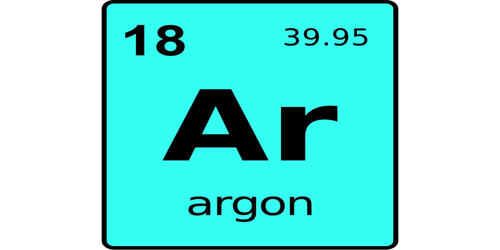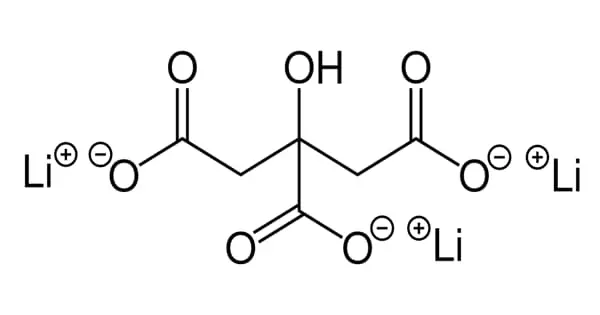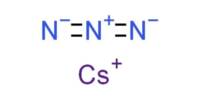Argon is a chemical element with the symbol Ar and atomic number 18. It is in group 18 of the periodic table and is a noble gas. Argon is the third-most abundant gas in the Earth’s atmosphere, at 0.934% (9340 ppmv). Colorless, odorless, and tasteless, argon gas was isolated (1894) from the air by the British scientists’ Lord Rayleigh and Sir William Ramsay. It was suspected to be present in air by Henry Cavendish in 1785 but wasn’t discovered until 1894 by Lord Rayleigh and Sir William Ramsay.
Argon is isolated on a large scale by the fractional distillation of liquid air. It is more than twice as abundant as water vapor (which averages about 4000 ppmv but varies greatly), 23 times as abundant as carbon dioxide (400 ppmv), and more than 500 times as abundant as neon (18 ppmv). Argon is the most abundant noble gas in Earth’s crust, comprising 0.00015% of the crust.
properties
Argon gas condenses to a colorless liquid at −185.8° C (−302.4° F) and to a crystalline solid at −189.4° C (−308.9° F). The gas cannot be liquefied by pressure above a temperature of −122.3° C (−188.1° F), and at this point, the pressure of at least 48 atmospheres is required to make it liquefy. Its density is 1.784 grams per liter. The density of air, for comparison, is about 1.29 grams per liter. Argon changes from a gas to a liquid at -185.86°C (-302.55°F). Then it changes from a liquid to a solid at -189.3°C (-308.7°F).
- atomic number: 18
- atomic weight: 39.948
- melting point: −189.2° C (−308.6° F)
- boiling point: −185.7° C (−302.3° F)
- density: (1 atm, 0° C) 1.784 g/litre
- oxidation state: 0
Argon is the third noble gas, in period 8, and it makes up about 1% of the Earth’s atmosphere. Nearly all of the argon in the Earth’s atmosphere is radiogenic argon-40, derived from the decay of potassium-40 in the Earth’s crust. In the universe, argon-36 is by far the most common argon isotope, as it is the most easily produced by stellar nucleosynthesis in supernovas. The abundance of argon in the atmosphere is about 0.93 percent. It is also found in the Earth’s crust to the extent of about 4 parts per million.
Argon has approximately the same solubility as oxygen and it is 2.5 times as soluble in water as nitrogen. The complete octet (eight electrons) in the outer atomic shell makes argon stable and resistant to bonding with other elements. Its triple point temperature of 83.8058 K is a defining fixed point in the International Temperature Scale of 1990. This chemically inert element is colorless and odorless in both its liquid and gaseous forms. It is not found in any compounds.
Uses
Argon is used in fluorescent tubes and low-energy light bulbs. A low-energy light bulb often contains argon gas and mercury. It is used in gas-filled electric light bulbs, radio tubes, and Geiger counters. It is often used when an inert atmosphere is needed. It is used in this way for the production of titanium and other reactive elements. It is used in double dazzled windows to fill the space between the panels.
















